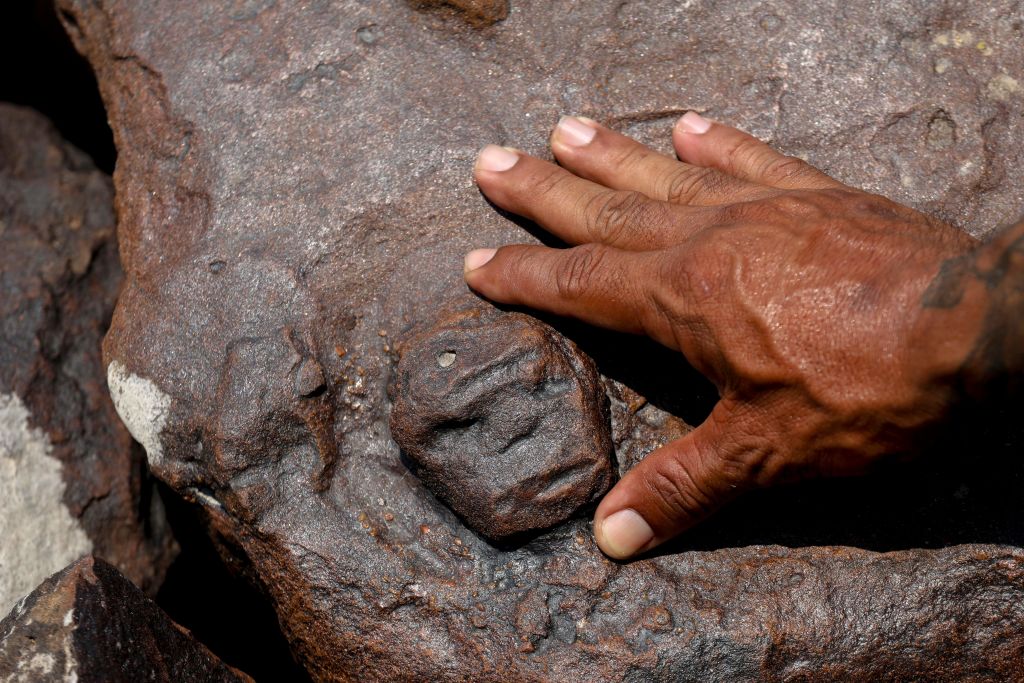An astonishing archaeological discovery has been made in the Amazon due to an extreme drought. According to Phys.org, the water levels of the Negro River, the largest tributary of the Amazon River, dropped to their lowest in over a century, revealing dozens of ancient rock carvings that date back around 2,000 years.
The submerged engravings, which have left scientists and the public in awe, were exposed as the water receded during the drought. Images of the engravings, taken by archaeologist Jaime Oliveira from the National Historical and Artistic Heritage Institute (Iphan), show various ancient rock engravings that have reappeared in the region of the Lajes Archaeological Site.
The discovery at Praia das Lajes, which was first found during a previous dry spell in 2010, is considered to be a site of great relevance, according to Jaime Oliveira from the Brazilian Institute of Historical Heritage (Iphan).
The newly revealed engravings provide a fascinating insight into the emotions and expressions of the people who lived in the region thousands of years ago. The carvings predominantly depict human faces with various expressions, ranging from smiles to grimaces. Oliveira describes the site as an engraved rock record that shares similarities with contemporary works of art.
While the discovery has thrilled scientists, it also highlights the fragile state of the Amazon due to the ongoing drought. The drought has disrupted daily life for local populations who rely on the region’s waterways for transportation and supplies.
The severity of this year’s dry season can be attributed to El Niño, an irregular climate pattern over the Pacific Ocean that exacerbates the impacts of climate change. The Amazon River reached its lowest level in almost a century last week, with the region’s most populated city, Manaus, reporting a water level of 13.59 meters compared to 17.60 meters a year ago. This is the lowest level recorded since 1902, surpassing the previous all-time low in 2010.
While the exposed carvings have captivated observers, there is growing concern about the future of the Amazon River itself. Livia Ribeiro, a resident of Manaus, expresses her worry about the river’s existence in the next few decades.
In related news, a study conducted by archaeologists suggests that there are over 10,000 undiscovered pre-Columbian archaeological sites throughout the Amazon basin. The Amazon has been home to Indigenous societies for over 12,000 years, leading to the creation of ancient structures and modifications that have shaped the modern forests of the region.
This latest discovery highlights the untapped archaeological potential hidden within the Amazon and underscores the need for further exploration and preservation efforts. Stay tuned for more updates on these remarkable findings.

I have over 10 years of experience in the cryptocurrency industry and I have been on the list of the top authors on LinkedIn for the past 5 years. I have a wealth of knowledge to share with my readers, and my goal is to help them navigate the ever-changing world of cryptocurrencies.




